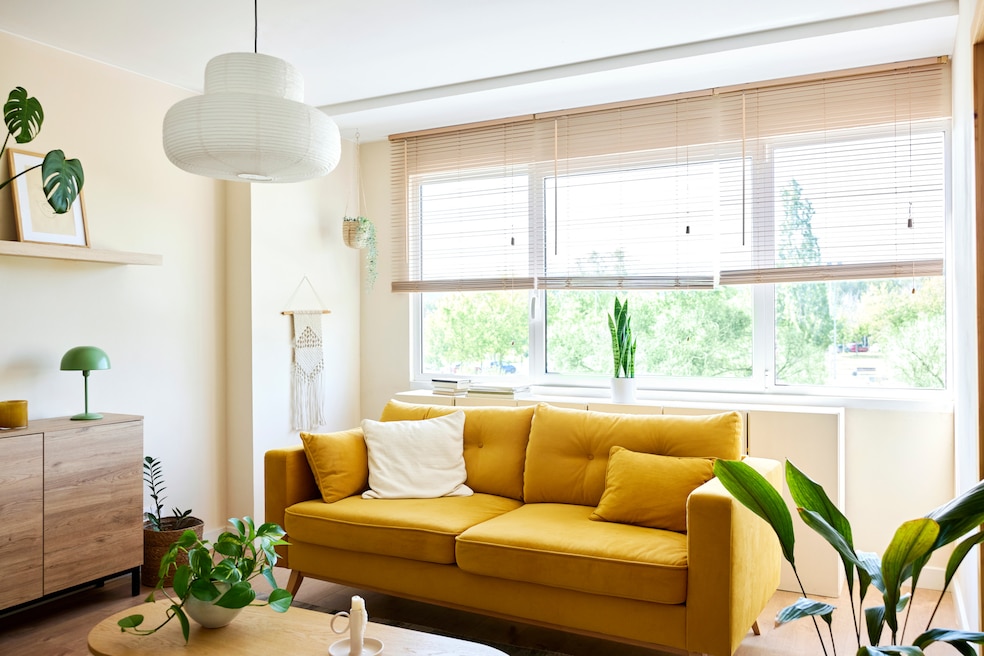For more than a decade, U. S. interior design has seen its ranks and sales grow, but the industry is staring down a “period of correction” and slowing growth as consumers face rising material costs and uncertain economic conditions, a new report suggests.
Last year, interior design businesses generated an estimated $29.2 billion in sales, shooting up 8% since 2023, according to a report that the American Society of Interior Designers released on Oct. 2. The Washington, D.C.-based trade group still anticipates growth in 2025 and 2026 — with sales reaching $30.9 billion and $32.6 billion, respectively — but at a more modest 5.6% increase.
Even with softening on the horizon, the ASID's annual report “reflects growing stability and maturity” in a profession that offers homeowners “greater access to qualified design professionals and an industry grounded in certification, continued learning and research-based insight,” Shundra Harris, chair-elect of the group's national board, said over email.
Increasing qualification and certification “translates to confidence and choice” for homeowners, Harris said. “You can hire an experienced designer who understands that design extends far beyond aesthetics.”
Part of that broadening access comes from the overall increase in U.S. interior designers. In 2025, the country had about 128,509 interior design professionals in its ranks, according to the report. While that represented long-term growth — doubling the 2015 figure (60,067) — the population has moderated year over year, declining 0.2% from 128,802 in 2024.
As the number of interior designers ballooned over the past decade, certain states emerged as hotspots. California had the most interior designers, although the state saw a decrease in practitioners from the previous year.
| RANK | STATE | NUMBER OF DESIGNERS | % INCREASE FROM 2024 TO 2025 |
| 1. | California | 8,360 | -2.7% |
| 2. | Florida | 7,090 | 7.4% |
| 3. | New York | 5,590 | 15.1% |
| 4. | Texas | 5,190 | 7% |
| 5. | Illinois | 2,680 | 21.3% |
These five states also account for $15.8 billion in the industry's 2025 sales forecast.
While the number of interior design professionals is declining, an increase in firms is forecasted. The number is projected to reach 17,475 interior design firms across the country in 2025, the report said, up 3.4% from 2024. Nearly 77% of those firms have a single practitioner, and ASID counted 98.6% of the firms as small businesses with fewer than 10 employees.
Although responsible for 75% of interior design sales, these small businesses staffed by fewer than 10 people “are more susceptible” to economic shifts, the report underscored, and a slowdown in demand looms. Still, the independent firms bring homeowners “agility and creativity,” said Lindsey Koren, ASID's director of communications and the report’s contributing author, said over email. “But homeowners should ensure clear communication and contracts around scope, fees, and timelines.”
More people are investing in design and asking for health, sustainability
Rapidly rising sales in the interior design industry suggest that an increasing number of property owners consider their environments worth investing in. To Koren, this signals “a broader impact on everything from resale value to comfort and livability.”
Often, Koren said, designers focus “on air quality, acoustics, natural light, and resilient materials,” underscoring client demand for “health, safety, and sustainability.”
As building costs rise, renovations take center stage
Just as some homebuyers stay on the sidelines due to uncertain economic conditions and high interest rates, some homeowners narrow their project scopes as rising material and labor costs inflate their costs.
“With higher interest rates and material costs slowing new builds, designers are seeing strong growth in renovations, remodels, and adaptive reuse projects,” Koren said. “From home offices and multiuse spaces to energy-efficient upgrades, the focus has shifted toward improving what we already have.”
Increasing qualifications means deeper building code knowledge
Design professionals can also serve as navigators in choppy economic waters, Koren suggested, helping a homeowner “balance value, longevity, and return on investment.”
More interior designers are becoming industry-certified, indicating a level of training in today's building codes and safety standards. In 2024, 17,447 designers held Council for Interior Design Qualification certificates, and more states are recognizing the accreditation, Koren noted. "These credentials reflect a mastery of building codes, accessibility, and safety standards — not just aesthetics."

